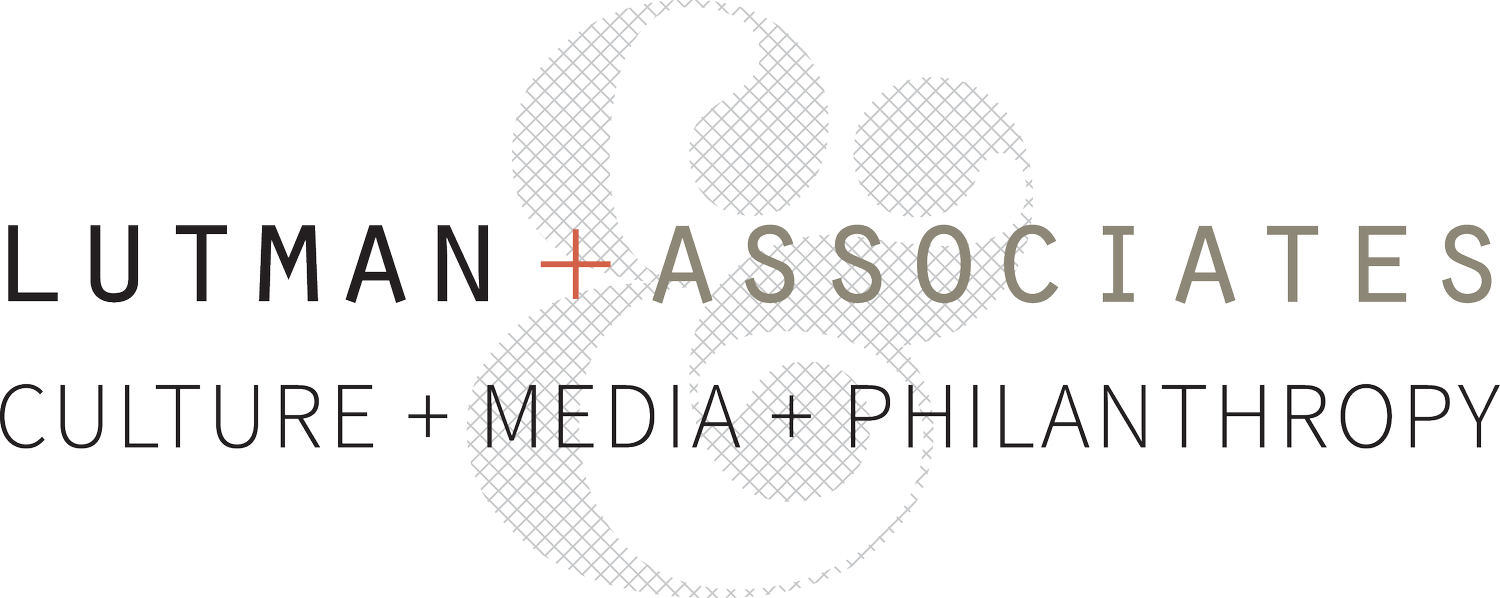Originally published in the May issue of Twin Cities Business Monthly
MInnesota and national nonprofits are responding to sweeping changes in the work world and in the public square.
Three major trends affecting how we work, tackle complex problems and express our political views took firm hold in 2015. They foreshadow the types of activities we can expect to see in the nonprofit world this year. It’s clear that Minnesotans and the nonprofits based here are helping to define these dominant national trends.
Work is changing
Lucy Bernholz’ influential Blueprint report for the national Foundation Center, and the Center for the Future of Museums’ TrendsWatch report, authored by Elizabeth Merritt, crystallize the changing nature and structure of work. The rise of the “gig economy” affects individual workers but also results in shifts in the community support systems people need. A growing number of people earn a living by doing “on-demand” work rather than going to full-time jobs where their work is organized in steady chunks of time. Everything from grocery stores to transit systems to child care services to schools must adjust as workers and their families fit paid work into less predictable, more hectic schedules. Bernholz’ report cites a 2015 study that found 34 percent of workers self-identify as freelancers, and about 43 percent of Americans working a 40-hour week do not have a single full-time employer.
Minnesota nonprofits are seeing these trends playing out on multiple fronts. One prominent example is the Working Families Agenda in Minneapolis, whose advocates were seeking city regulation of workers’ scheduling and hours and requiring mandatory sick leave for part-time workers who may have to navigate policies of several employers. Social service agencies are responding to these workplace trends with extended hours, on-location services and support for higher minimum wages.
For-profits, in particular small businesses, have frequently and strongly disagreed with such proposals for further regulation. But trend watchers say we should pay attention and respond. If the nature of work is shifting, how can businesses and nonprofits work together to help people create an economically viable and satisfying life? Bernholz argues that some systemic changes in the provision of health insurance, retirement planning, disability coverage and professional credentialing are needed.
Networks matter more
The website SocialVelocity.net publishes a widely circulated “Nonprofit Trends to Watch” article every year, written by Nell Edgington. For 2016, it calls out a “greater emphasis on networks” as one of five key developments in play. Other reports describe this trend in different language, but the underlying observation is the same: We’re moving from the binary relationship of service provider/target population, donor/recipient or performer/audience to a networked system of influencer-connectors who act together to solve problems, deliver services and raise money.
This trend is easily observable in Minnesota as large networks of nonprofits tackle big social issues “at scale,” often by creatively aligning their own budgets and service delivery rather than building what might be duplicative organizational structures. Northside Achievement Zone (NAZ) is taking a coalition approach to align efforts to end intergenerational poverty in north Minneapolis. Pollen is a growing network of people self-identified as community connectors who gather online and in person to build social capital, work on community problems and help each other by sharing job openings, events of interest and news.
You can find further evidence of this trend in the abundant webinars, workshops and articles for nonprofit leaders to help them navigate the leadership requirements of the networked environment. New to the subject? Check out Stanford Social Innovation Review’s series on “The New Network Leader,” providing examples and drawing lessons from people excelling at a network approach.
Protests are increasing
SocialVelocity.net and the Chronicle of Higher Education both draw attention to the increase in protests that occurred in 2015, and they predict more growth in active protesting in the future. A key factor in the acceleration of recent protests is the widespread availability of social media for organizing like-minded people, allowing quick and direct communication to networks and to authorities. The Chronicle says that in an age of social media in higher education, “the ability to react has become a survival skill.” It also cites the “fresh wave of attacks on free speech, often coming from students” as the No. 1 higher ed trend to watch. For organizers and advocates, the ability to reach and rally constituents on an immediate basis means that both grievances and ideas can be aired in real time and can move public opinion rapidly.
The most visible local example of increasing protests is the Black Lives Matter movement in Minnesota. That growing coalition gets its voice and news to the public without assistance from traditional media outlets. During the 2015 Fourth Precinct occupation in Minneapolis, Black Lives Matter was active on Twitter and Facebook, and it used Periscope to reach new people for press conferences and live events.
Boiling dozens of trends down to three means leaving out many other noteworthy currents. But these three also are connected. As more people find it difficult, if not impossible, to find work through a single full-time employer, and as communications tools allow people to form networks and speak their truths, we have new conditions for social movements. Minnesotans have the choice to harness these trends to create positive social change or to ignore them and increase social unrest. Which will we choose?
